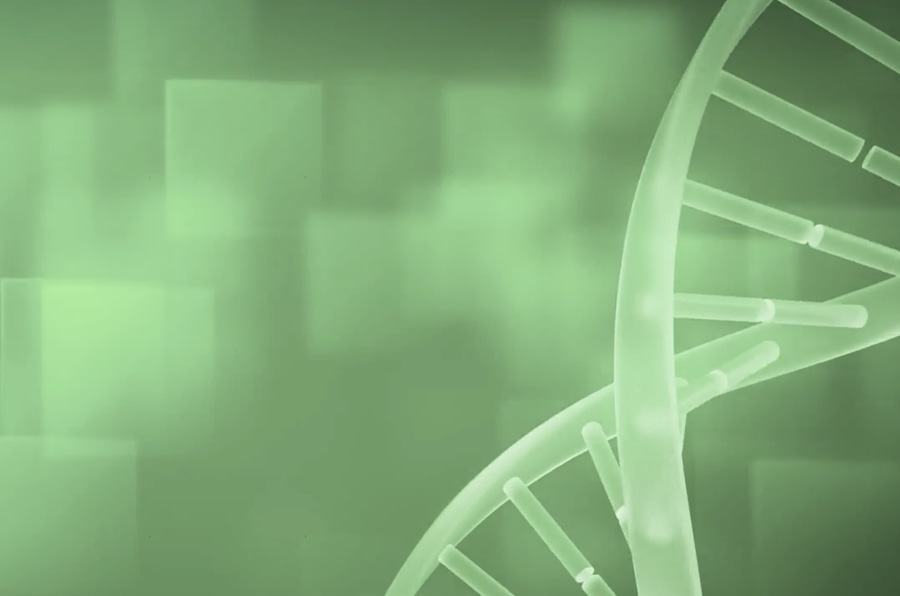
#Industry News
The Renaissance of Dialysis: A New Era of Innovation in Kidney Care
Advancements in Pharmaceuticals, Medical Technology, and Patient-Centered Approaches Are Transforming Dialysis Treatment and Outcomes
The #dialysis sector is experiencing a renaissance in innovation, driven by advancements in pharmaceuticals, medical technology, and patient-centred care.
Recent pharmaceutical breakthroughs are transforming how kidney diseases and their associated comorbidities are managed. SGLT2 inhibitors, originally developed for diabetes, are slowing CKD progression, reducing albuminuria, and protecting cardiovascular health. Similarly, GLP1 receptor agonists are improving metabolic control, reducing glycemic variability, and supporting weight management, indirectly benefiting renal function. Beyond these, a new wave of anti-inflammatory therapies is addressing systemic inflammation—a major driver of CKD complications such as cardiovascular disease and chronic fatigue. Innovations such as Selective Cytopheretic Devices, which deactivate hyperactive immune cells without suppressing the immune system, and biologics targeting interleukins like IL-6, offer significant promise in reducing inflammation and improving long-term outcomes for dialysis patients.
Regenerative medicine and gene editing are paving the way for curative solutions. Advances in bioengineered kidneys through organoid technology and 3D bioprinting are creating the possibility of functional replacement kidneys, potentially eliminating the need for dialysis or transplants. Meanwhile, CRISPR-Cas9 gene-editing techniques are targeting genetic mutations in hereditary nephropathies like PKD, offering the potential to treat kidney disease at its source.
Anaemia management is being revolutionized. Traditional treatments relying on erythropoiesis-stimulating agents are giving way to oral therapies like HIF-PH inhibitors, which mimic the body’s natural response to low oxygen levels, and hepcidin-targeting drugs that improve iron utilization.
The systemic complications of CKD and ESKD, exacerbated by uremic toxin accumulation, are also being tackled with innovative strategies. Enhanced dialysis membranes are now capable of clearing protein-bound toxins like indoxyl sulfate more effectively, while gut microbiome modulation using prebiotics, probiotics, and postbiotics is reducing toxin production at its source, targeting the gut-kidney axis.
Next-generation dialysis systems enable home-based therapies, removing barriers for patients and caregivers. Portable and wearable devices empower patients to integrate treatment into their daily lives, offering greater control and flexibility. Additionally, RPM tools and biosensors provide real-time health data, allowing for earlier detection of complications and more proactive interventions.
Regulatory frameworks, like the FDA’s Breakthrough Device Designation, expedite the approval of transformative technologies, ensuring they reach patients faster.
The convergence of pharmaceuticals, medical technology, and patient-centred approaches marks the dawn of a transformative era in kidney care

